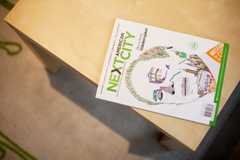Next American City / Philadelphia
Urban legends
‘Next American City’ magazine has succeeded in making urban planning a national debate since it was launched in 2003, but its founders’ lofty ambitions mean they will not be satisfied until the ultimate goal has been achieved: changing the world.
“When we started this magazine, we were bringing issues that were on the margins to the centre,” says Adam Gordon. “We were a new generation who knew about the scars of the awful urban renewal attempts in the 1950s and 1960s but didn’t carry them. What we knew is that these issues were crucial to the future of our education system, climate change and economy. Now, thanks to some great people in the White House, they are coming to the forefront.”
Gordon is the founder of the magazine Next American City, a title that has made the world of urban planning accessible for audiences both inside city halls and looking out of their apartment windows wondering what is happening to their neighbourhood.
As well as being a lawyer for Fair Share Housing Center and a fellow at the Furman Center for Real Estate and Urban Policy at NYU, Gordon published the first issue of Next American City in the spring of 2003, with two fellow recent Yale graduates, Seth A Brown and Anika Singh. It was thin (46 black-and-white pages), stapled together, with a bright green cover, an abstruse theme “smart growth” (the very first article, helpfully, was called “What Is Smart Growth?”), and long, occasionally Gordian, features.
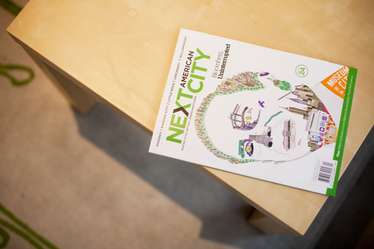
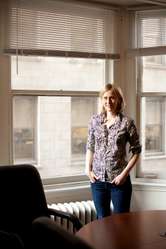
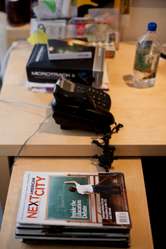

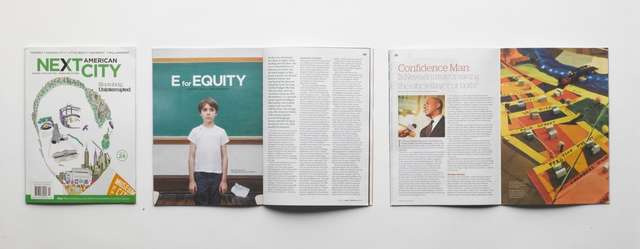

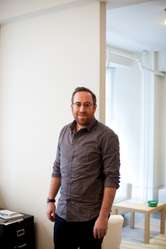
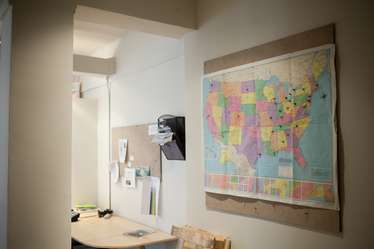
With Next American City, Gordon hoped to start a dialogue about urban issues that could transcend the printed page and bring about social action. In short, Gordon, Brown and Singh wanted to change the world.
“I think the first step to action is being informed and educated and being able to share those ideas with other people, being able to build some kind of critical mass – a group that has a voice,” says Diana Lind, who became the magazine’s editor-in-chief in 2008. “The idea behind this is that we’re providing you with information and you should go ahead and do something with it.”
Seven years on from its launch, the quarterly magazine – $29 for four issues – and its website have evolved into an organisation that is far more likely to achieve those lofty goals. For a start, the magazine is a lot better looking. It’s in full colour; there is a front-of-book section with short, interesting articles; the features are accessible and jargon-free.
There is now an event series of lectures and discussions, called URBANEXUS, which takes place in various cities across America, and two annual conferences, the Next American Vanguard (the first of these was last May) and Open Cities (launched last October).
When Monocle visits, it is a bright winter morning and Lind is sitting in the small Next American City offices in Center City, Philadelphia, together with creative director Anthony Smyrski and business manager and developer Tivoni Devor (in total there are five members of staff). “This magazine has to be approachable and it has to be understandable,” says Smyrski.
“It’s about finding a balance between what can be absorbed quickly and what you can take home and grind around in your head for a bit longer,” he adds. Lind and her staff believe that the way to make people aware of Next American City, and the issues she is presenting on its pages, is to go to them. She travels to a different American city each month for the URBANEXUS series. “We call the people we meet with ‘grasstops’ – they’re the people who are connected with the grassroots, the people behind social change in their city,” says Lind, who has also coined a term for those people who take an active interest in the cities they live in: “urban advocates”.
So, can a magazine really change the world? Gordon laughs, “You know what? I think it can.”
Ten American cities to watch, by Diana Lind
01
Detroit
It’s hit the bottom and is bound to come back up.
02
New Orleans
A lab for non-profit experiments to improve neglected areas.
03
Philadelphia
A post-manufacturing poster child growing a niche for itself.
04
Cleveland
Tons of investment in Ohio means it will be a star in the Midwest.
05
Washington
Liberals and techies are changing it into a green, tech-savvy city.
06
St Louis
Young entrepreneurs are recapturing the city’s true grit and glory.
07
Denver
Money invested in downtown will soon make this an arts capital.
08
Providence
Investing in downtown by relocating a highway away from the city.
09
Los Angeles
Green and agricultural projects are changing the town’s ethos.
10
Dallas
A park being built on top of a highway shows urban life has yet to be defined here.

